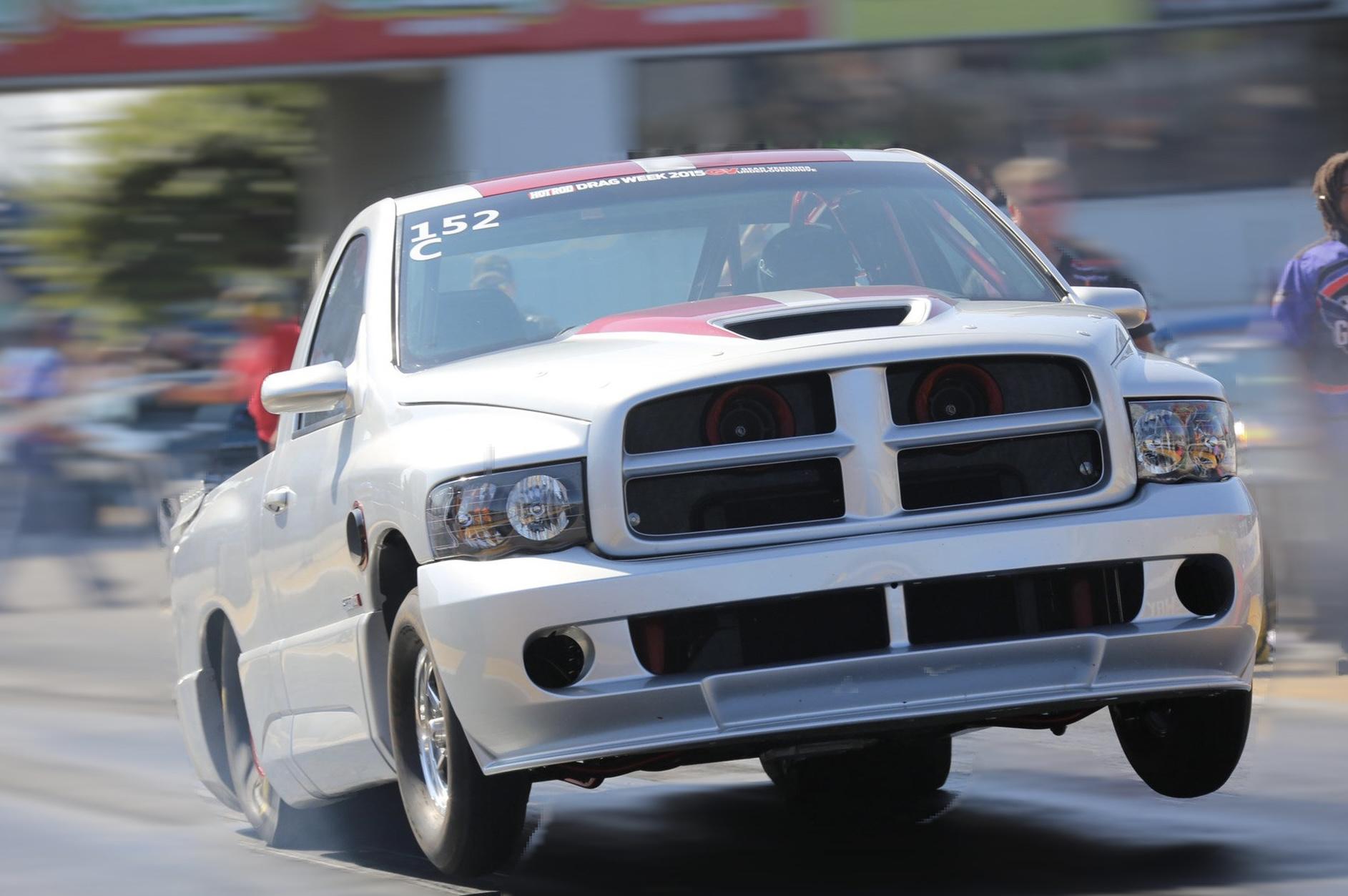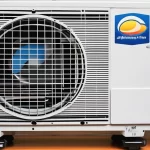Engine performance is often a top priority for automotive enthusiasts and professionals alike. One of the ways to achieve a noticeable improvement is through modifying certain components of the engine system. Among the most effective modifications are the removal of the Exhaust Gas Recirculation (EGR) cooler and the throttle valve. These components are critical to vehicle emissions and engine management, but removing them can provide significant benefits in terms of efficiency, power, and overall engine performance. In this article, we will explore how removing the EGR cooler and throttle valve can boost engine performance and why such modifications are becoming increasingly popular.
Understanding the EGR Cooler and Throttle Valve
What is the EGR Cooler?
The Exhaust Gas Recirculation (EGR) system is designed to reduce nitrogen oxide (NOx) emissions, which are harmful pollutants produced during combustion. The EGR cooler specifically cools the exhaust gases before they are reintroduced into the intake manifold. This process helps lower the combustion temperature, reducing NOx emissions. However, the EGR system can have unintended consequences on engine performance, particularly when the cooler becomes clogged or inefficient over time.
What is the Throttle Valve?
The throttle valve, or throttle body, is a key component in controlling the amount of air entering the engine's intake manifold. It regulates the engine's air-fuel mixture and plays a critical role in controlling the engine's power output and responsiveness. When the throttle valve becomes dirty, worn, or restricted, it can lead to inefficiencies, reduced throttle response, and lower overall engine performance.
How EGR Cooler Removal Enhances Engine Efficiency
Elimination of Clogging and Deposits
Over time, the EGR cooler can become clogged with carbon deposits. These deposits reduce the cooler's efficiency, preventing the exhaust gases from being effectively cooled. When the EGR cooler is removed, these clogs are eliminated, allowing the engine to breathe easier and maintain more consistent performance.
Increased Air-Fuel Ratio
By removing the EGR system, the engine no longer has to deal with the diluted air-fuel mixture caused by the recirculated exhaust gases. This allows the engine to receive a higher proportion of clean, oxygen-rich air, which leads to better combustion and more power. The increased air-fuel ratio translates into improved throttle response and more efficient fuel burn, leading to gains in horsepower and torque.
Reduced Engine Heat
The EGR system contributes to additional engine heat by introducing exhaust gases back into the combustion chamber. By removing the EGR cooler, less heat is generated, allowing the engine to run at cooler temperatures. This can reduce the likelihood of engine knock and improve long-term engine reliability, especially in high-performance scenarios.
Benefits of Throttle Valve Removal
Improved Throttle Response
The throttle valve controls the flow of air to the engine, and any restriction in this path can impact how quickly and smoothly the engine responds to throttle inputs. Over time, carbon build-up and wear can cause the throttle valve to become less efficient. Removing the throttle valve altogether allows for unrestricted airflow, resulting in more immediate and precise throttle response.
Uninterrupted Airflow
Throttle valves can sometimes become restrictive, especially in high-performance or modified engines. With the throttle valve removed, the air intake system is more streamlined, allowing the engine to receive air with minimal resistance. This ensures maximum airflow at all throttle positions, improving engine performance, especially under heavy acceleration or at higher RPMs.
Reduced Weight and Complexity
Modern vehicles come equipped with complex throttle systems that may include sensors, actuators, and additional components. Removing the throttle valve can reduce the complexity of the engine’s intake system, making it lighter and simpler. This reduction in weight can contribute to a slight increase in overall performance, especially in vehicles where every ounce counts.
The Combined Impact on Engine Performance
When both the EGR cooler and throttle valve are removed, the engine experiences a synergistic boost in performance. The elimination of the EGR cooler prevents exhaust gas recirculation from reducing combustion efficiency, while removing the throttle valve allows for increased air intake. Together, these changes result in a significant improvement in overall engine efficiency, leading to enhanced power, torque, and responsiveness.
Additionally, by reducing the amount of exhaust gases recirculated and improving airflow, fuel consumption can be optimized, leading to better fuel economy in some cases. For drivers looking for better acceleration, faster engine response, and enhanced driving experience, the removal of these components can provide the performance gains they desire.
Potential Drawbacks and Considerations
While removing the EGR cooler and throttle valve can provide significant performance benefits, there are some considerations to keep in mind:
- Emissions Compliance: The EGR system is designed to reduce harmful emissions, and removing it may make a vehicle non-compliant with environmental regulations, particularly in regions with strict emissions testing.
- Engine Longevity: The EGR system is part of the engine's design to reduce wear from high combustion temperatures. Removal may impact long-term durability in some cases.
- Warranty Concerns: Removing key components such as the EGR delete kit cooler and throttle valve may void the vehicle's warranty, so it’s important to consider this before making modifications.
Conclusion
Removing the EGR cooler and throttle valve from your engine can offer a noticeable boost in performance, efficiency, and responsiveness. By eliminating restrictions and enhancing airflow, the engine can operate more smoothly, with better combustion and power output. However, it’s important to weigh the benefits against potential drawbacks, particularly in terms of emissions regulations and engine longevity. For those seeking to optimize their engine’s performance, understanding the role of these components and how their removal impacts the overall system is crucial for making an informed decision.



